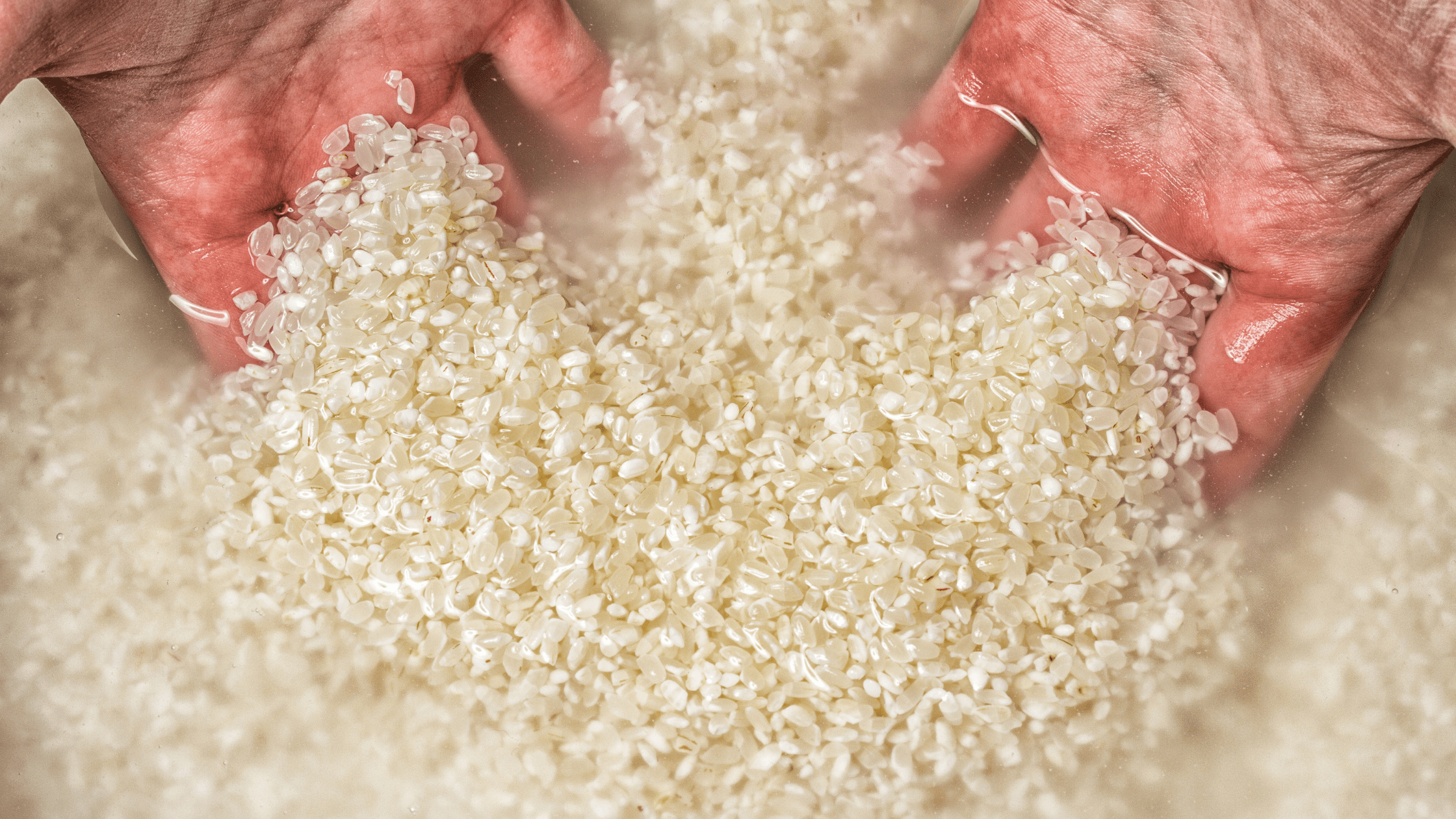Do you own a rice cooker? If so, you know that it is an amazing appliance to have in your kitchen. But did you know that there is a specific amount of water that you should use when cooking rice in a rice cooker? In this blog post, we will teach you how to determine the right amount of water to put in your rice cooker for perfect results every time!
The Right Water-to-Rice Ratio is Key to Perfect Rice
Rice cookers are amazing appliances that can make cooking rice a breeze. But even the best rice cooker can’t make rice without the proper amount of water. So how much water should you put in your rice cooker? The answer depends on the type of rice you’re cooking and the size of your rice cooker. For most types of rice, you’ll want to use 1-1/2 cups of water for every cup of rice. If you’re cooking brown rice or another type of whole grain rice, you may need to use a little more water. And if you’re cooking in a large rice cooker, you may need to use less water. The best way to know how much water to put in your rice cooker is to consult the owner’s manual. It will usually have specific instructions for how much water to use based on the type and quantity of rice you’re cooking. By following the manufacturer’s recommendations, you can be sure that your rice will turn out perfectly every time.
How to Measure the Water for Your Rice Cooker
Anyone who has ever cooked rice knows that it can be a bit of a tricky endeavor. Get the water to rice ratio wrong and you’re left with either a soupy mess or hard, dry grains. But get it just right and you’re rewarded with fluffy, perfectly cooked rice. So how much water should you use when cooking rice? It turns out that the answer depends on the type of rice you’re cooking. For example, basmati rice requires more water than jasmine rice. And if you’re cooking brown rice, you’ll need even more water to soften the bran. The best way to achieve the perfect water-to-rice ratio is to use a rice cooker. Most rice cookers come with a measuring cup that takes the guesswork out of adding water. Simply add the appropriate amount of rice and water to your cooker and let it do its thing. In no time at all, you’ll be enjoying a bowls of perfectly cooked rice.
Different Types of Rice Need Different Amounts of Water
Have you ever wondered how much water your rice needs? It turns out that different types of rice need different amounts of water. For example, basmati rice needs less water than jasmine rice. The easiest way to get the perfect amount of water for your rice is to use a rice cooker. Most rice cookers have a water level indicator that takes the guesswork out of measuring. Simply add the rice and the appropriate amount of water, and let the rice cooker do its thing. You’ll end up with perfectly cooked rice every time. So next time you’re wondering how much water your rice needs, remember that it all depends on the type of rice you’re using. And if in doubt, just use a rice cooker.
If You’re not Sure How Much Water to Put in, Start With Less and Add More if Needed
We’ve all been there before. You’re making rice in your trusty rice cooker, and you’re not quite sure how much water to put in. So you start with a little bit less than you think you need, and then you add more if needed. But what happens if you end up putting in too much water? Well, the rice will likely be mushy and overcooked. On the other hand, if you don’t put in enough water, the rice will be dry and undercooked. So how can you avoid making this mistake? The best thing to do is to start with less water than you think you need, and then add more as needed. That way, you can be sure that your rice will turn out perfectly cooked every time.
Conclusion:
So there you have it – everything you ever wanted to know about how much water to put in a rice cooker. Whether your old rice cooker has been giving you trouble or this is your first time using one, we hope that our guide has helped make the process a little less daunting. And remember, if all else fails, just experiment until you figure out what works best for you! Thanks for reading and happy cooking.

